Popular timber decking options — which is best for your home?
Written by
13 December 2020
•
8 min read

There is a wide range of choices when it comes to the different types of timber decking materials in New Zealand, giving you a lot of flexibility in the physical and aesthetic traits you can turn to. From light and dark-coloured timbers to softwood and hardwood decking timbers, there's something for everyone and every home.

1. Kwila decking
Kwila decking is one of the most popular hardwood decking options in New Zealand and is a great starting point for excellent decking timbers in this country. Its popularity is due to a number of factors. The first is its rich, reddish-brown appearance that brings vibrancy and warmth to an outdoor space. It is also a very durable hardwood that is naturally resistant to rot and insects.
Primarily sourced from the Solomon Islands, most New Zealand suppliers offer FSC-certified kwila timber which means it is sourced from sustainably managed forests giving it another big tick for many homeowners.
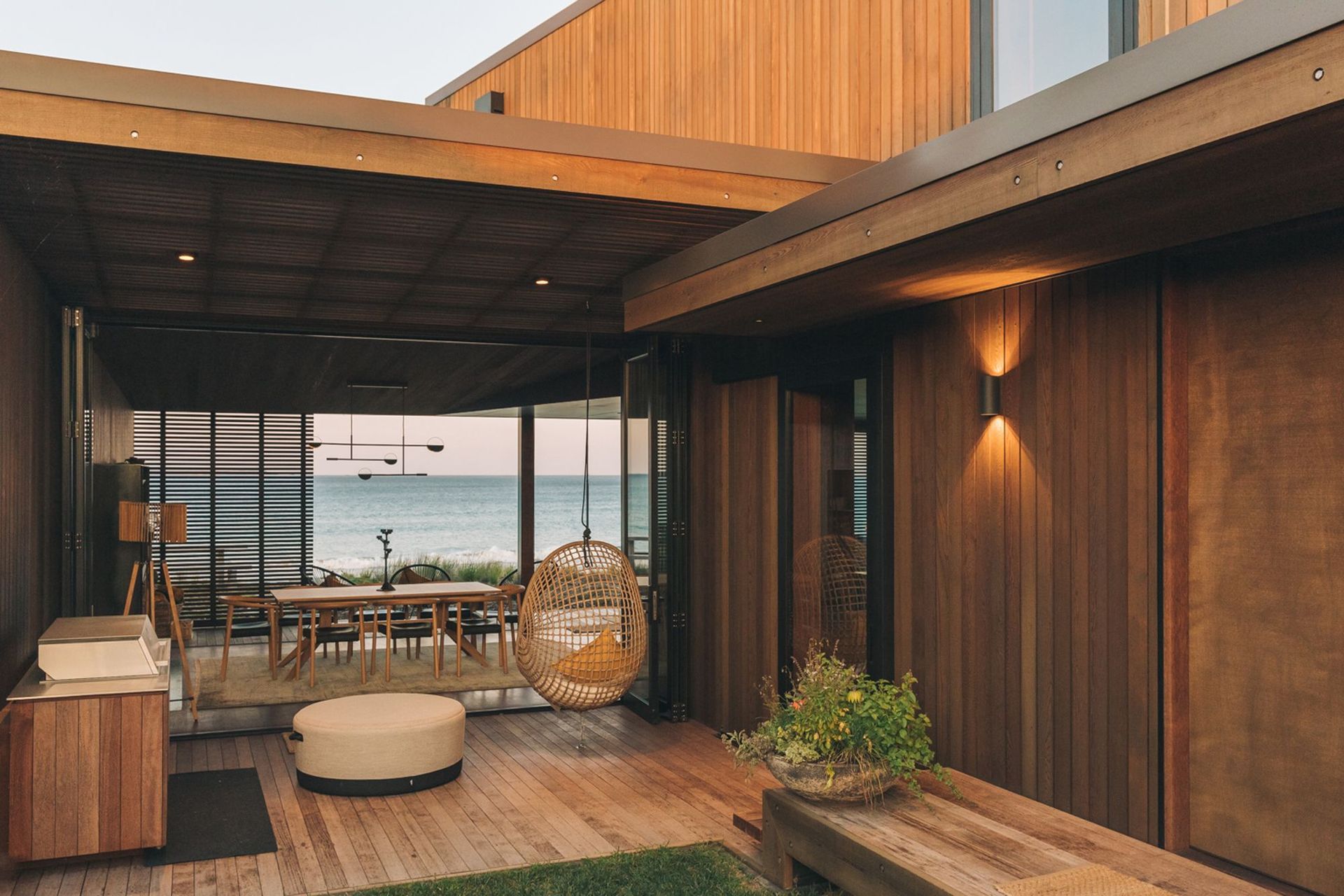
2. Vitex decking
Vitex timber is a lighter-coloured hardwood that is incredibly dense giving it great resistance to decay and insect damage. It has a very low swelling and shrinkage rate making it especially suited to the sometimes harsh New Zealand climate.
It is lighter in colour than some other options with shades of grey and light green in its appearance. It also has good bending qualities with the ability to cut across the grain with a good finish. It's primarily used for decks but also used in boat building, rails, cross-arms, and more.
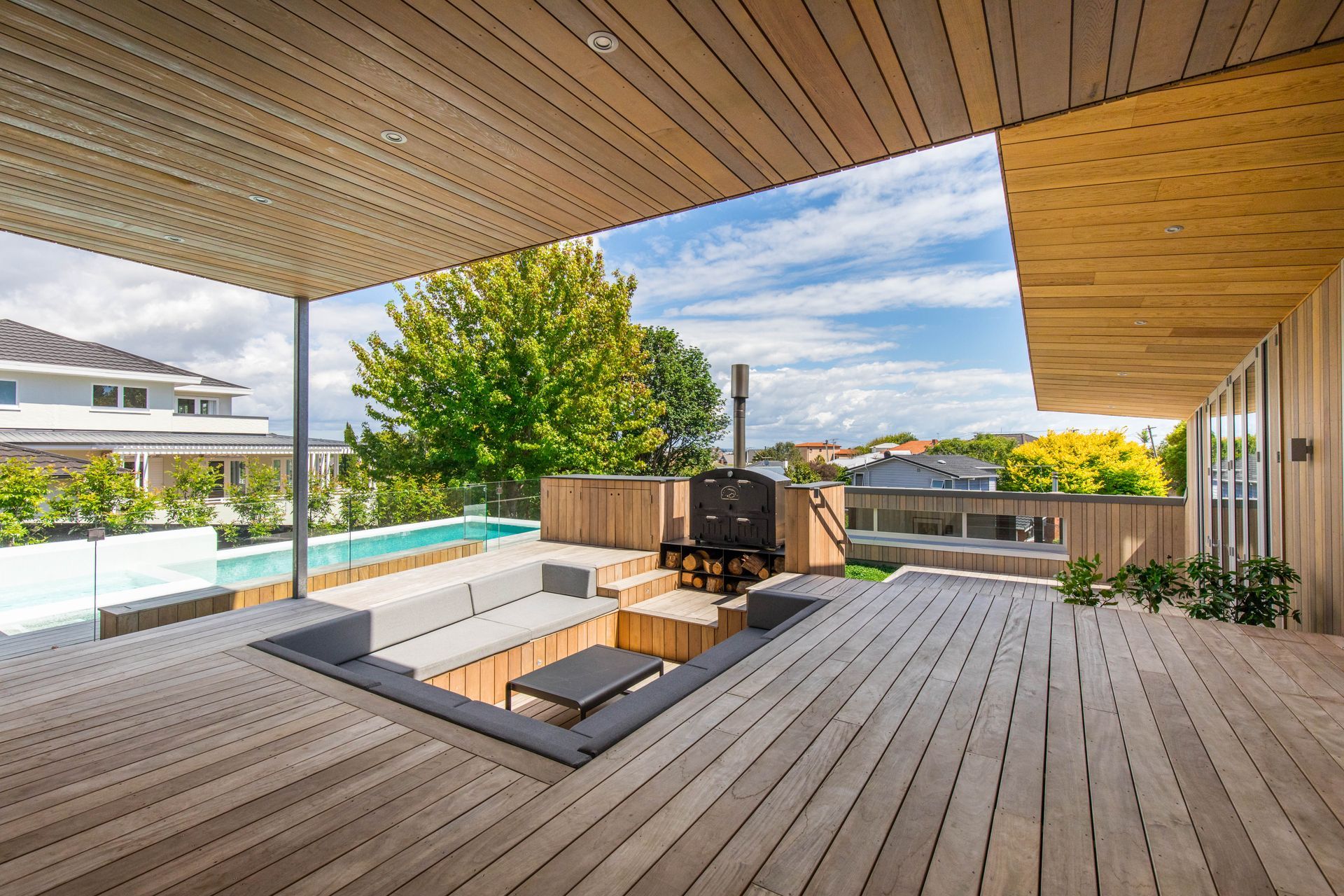
3. Garapa decking
Garapa decking is another dense hardwood but one that is not quite as well known as some others on this list. It has been growing in popularity in recent years due in part to its beautiful honey-brown colour and fine texture that's easy to work with.
Its straight grain and consistent colouring often see it preferred for modern and contemporary homes in New Zealand though it's not limited to this by any stretch of the imagination. Garapa is typically sourced from sustainably managed forests in South America making it an environmentally friendly choice.
Related article: Deck ideas that make a difference: From stylish homes across the country
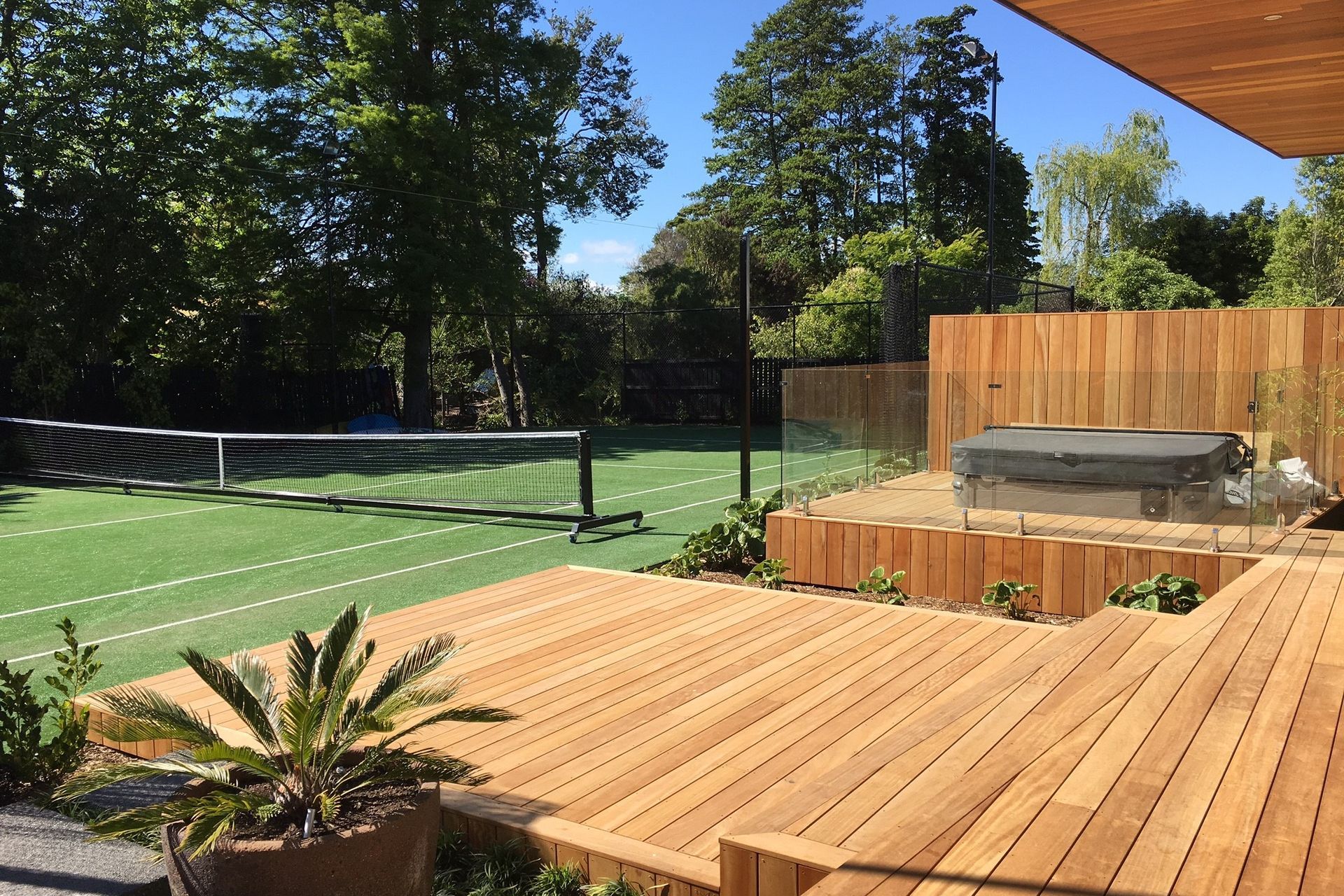
4. Vulcan decking
Vulcan timber is a thermally modified plantation timber making it a unique type of decking timber to consider. It's also treated with an organic preservative system that can repel water and increase its overall durability without the use of harsh chemicals.
This gives it good structural integrity with less chance of warping or cracking over the short and long term. Its rich chocolate brown colour deepens over time with exposure to the sun which is a look and style many find pleasing.
5. Macrocarpa decking
Macrocarpa is an exotic softwood that is a popular timber decking material for DIYers as it's very easy to work with. It can be machine-cut with standard woodworking tools making it a great choice for those considering custom-shape deck designs.
It has a light, honey-coloured appearance with varied knots and grains providing visual interest in a space as well as a bit of rustic charm. It's recommended to coat macrocarpa decks with oil so that they can season throughout the year.

6. Accoya decking
Accoya is a premium choice as far as decking materials go in New Zealand, a modified softwood that is made for high performance. It is exceptionally durable, resistant to rot and decay and tested to last 50 years or more, representing excellent longevity.
Accoya has a pale and consistent aesthetic with no blemishes or knots to distract the eye. This makes it a popular choice for those who are endeared to a minimalist aesthetic in home and architectural design.
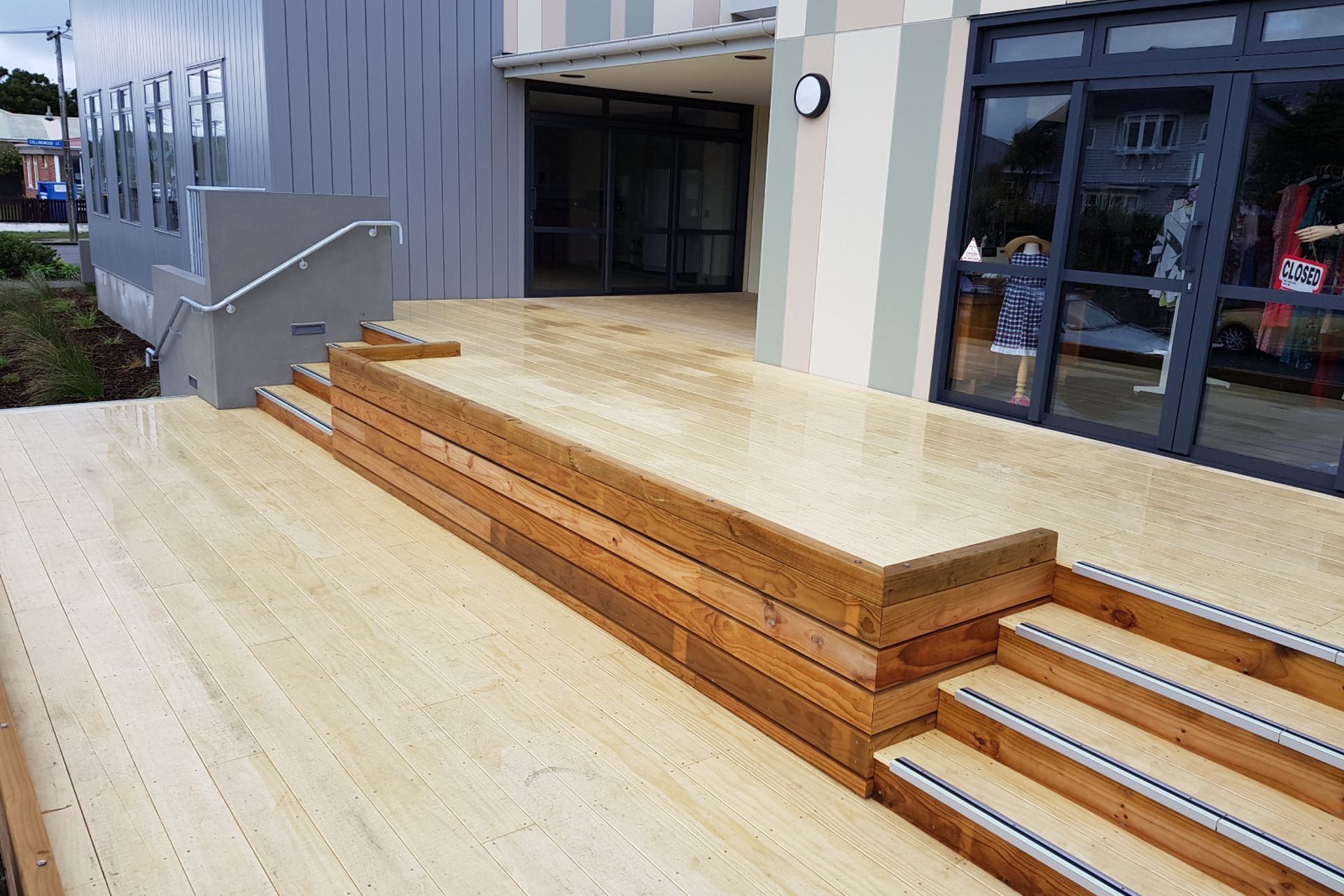
7. Purpleheart decking
Purpleheart is a tropical hardwood timber that isn't quite as prevalent in New Zealand, largely due to its comparatively limited availability more so than its physical traits.
Beautifully named, it's a hardwood that ages from brown to a rich purple over the years with exposure to sunlight. Purpleheart is one of the hardest and strongest decking timbers you can get making it a great choice for those looking for something solid, even in a harsh environment. With minimal maintenance required, purpleheart is one that will stand the test of time.

8. Spotted Gum decking
Spotted Gum is a hardwood option that is native to Eastern Australia that is naturally durable making it great for high foot traffic areas like decks.
Its density, among other things, makes it highly resistant to termites and other pests as well as decay. Its natural wavy grain is easy on the eye and the variations in colour from light to dark brown allow you to customise the look to your liking.
Related article: How to setup an ideal deck in New Zealand
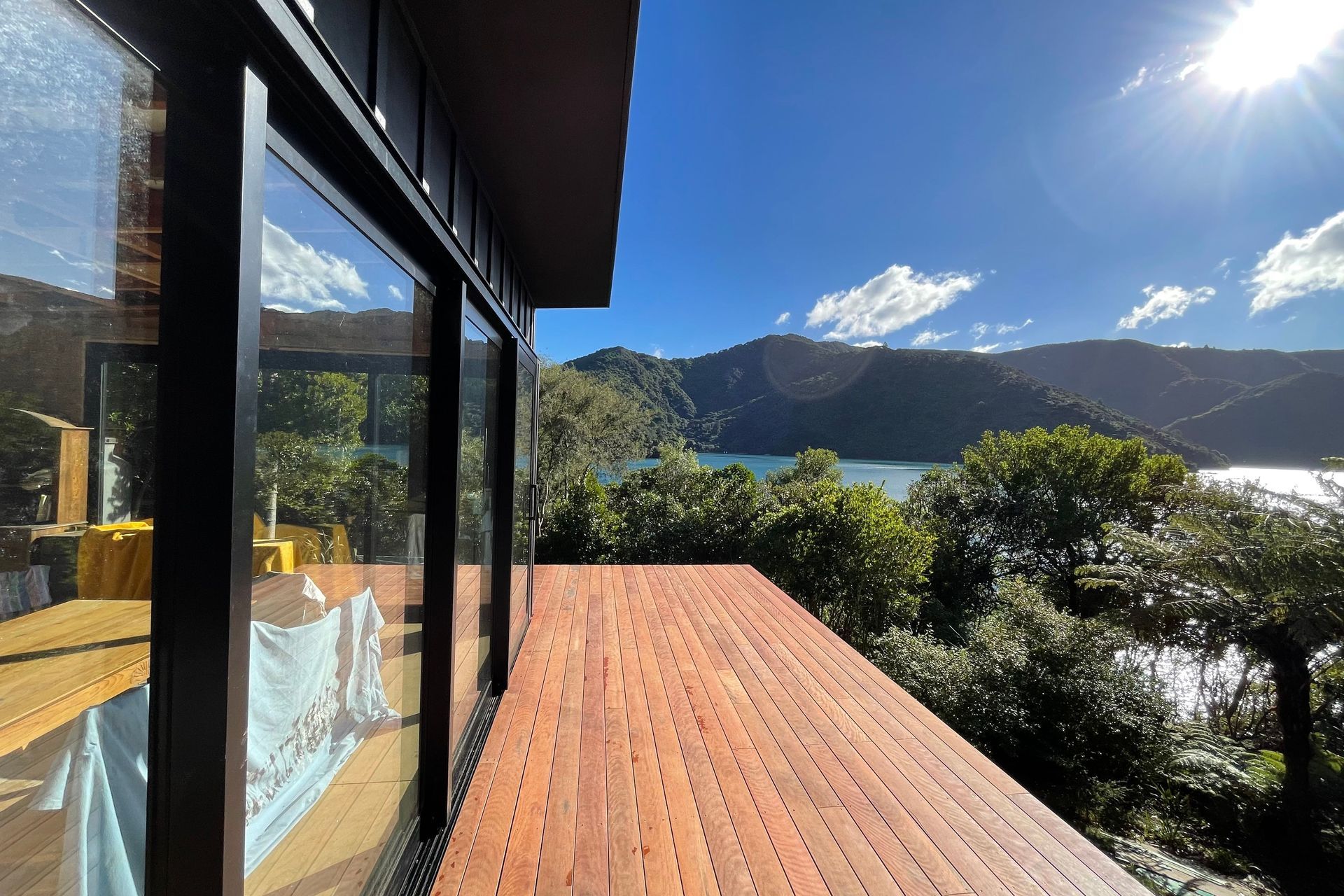
9. Thermory Ash decking
Thermory Ash is a thermally modified hardwood, a process which removes moisture from the wood to give it strong resistance to insects and decay. It has a great reputation for longevity and stability, known to last decades when used for decking.
Thermory Ash is a low-maintenance choice with only occasional oiling required along with a regular amount of cleaning. Its deep rich brown colour, straight grain and fine texture allow it to enhance the aesthetic of an outdoor living space with ease.
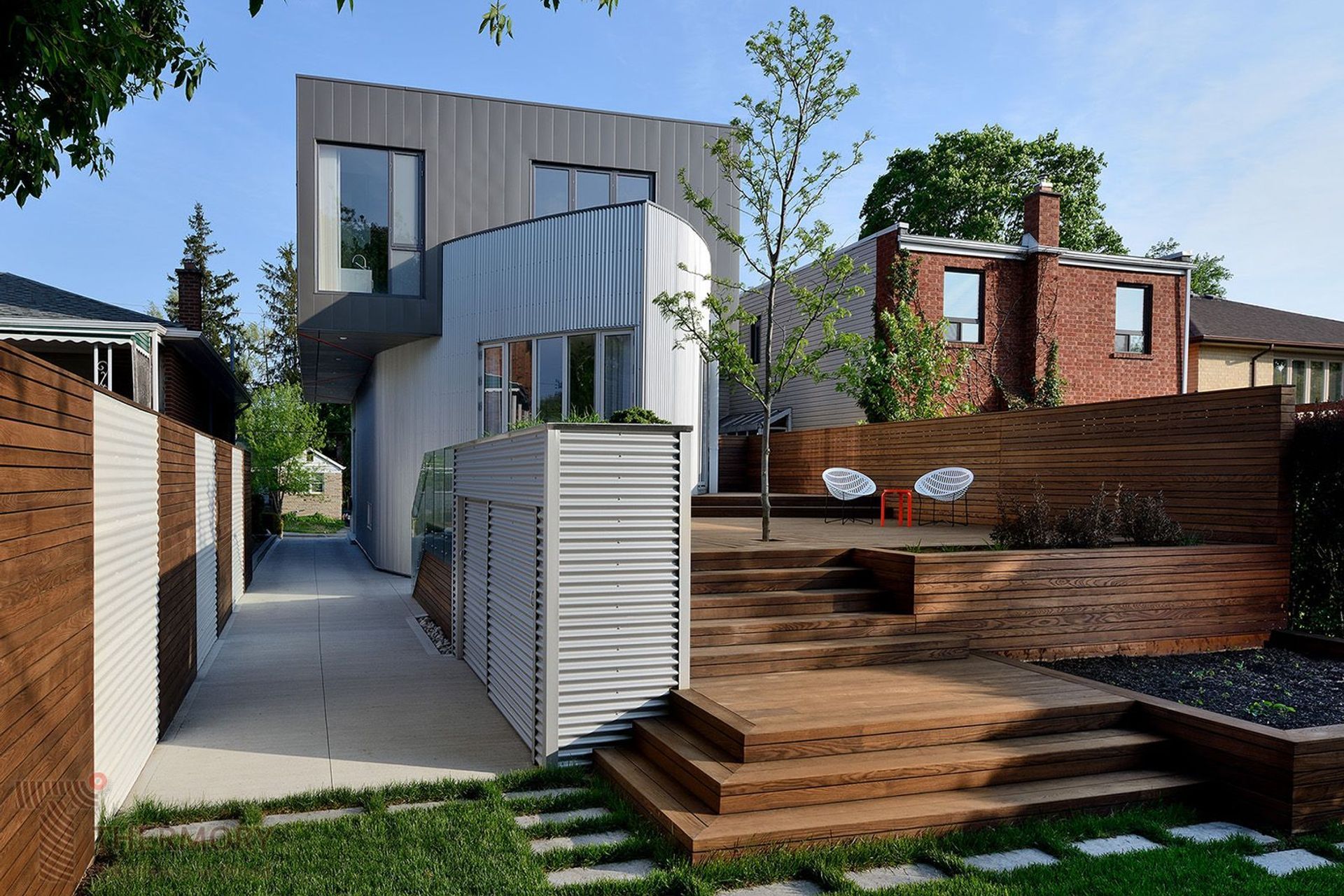
10. Cumaru decking
Cumaru timber, also known as Tonka, is a Brazilian teak hardwood that comes from South America. It has a vibrant and unique golden-red colour that creates a tropical look. Over time, the colour will change to grey if it's allowed to weather.
Its natural grain has a textural aesthetic to it which can add visual depth to an outdoor space. Like most hardwoods, it has good stability and durability throughout the year making it a very sound choice for any decking project.

11. Pine decking
Arguably, there's nothing more classic than a pine deck in New Zealand, the go-to choice for many DIY deck builders past and present. Pinus Radiata is one of the most readily available, affordable and easy-to-work-with softwood timber options available — a collection of traits that explain its obvious appeal.
Pine is easily painted or stained, giving you a lot of flexibility for the colour scheme and styling you choose to go with. It is also a fast-growing tree that nearly always comes from sustainable forests with minimal environmental impact. It can also be treated to reduce its susceptibility to rot and insects.
12. Bamboo decking
Bamboo is an emerging decking material that is starting to gain traction in the market with a number of qualities making it highly desirable to homeowners and deck builders.
The first is that it's a rapidly renewable resource making it an eco-friendly solution that is already very plentiful. It is resistant to all the things you want a good decking material to be resistant to (moisture, decay, insects) giving it a very long lifespan. Like pine, it can also be stained or painted to one's preferences and requires little maintenance beyond normal cleaning and oiling.
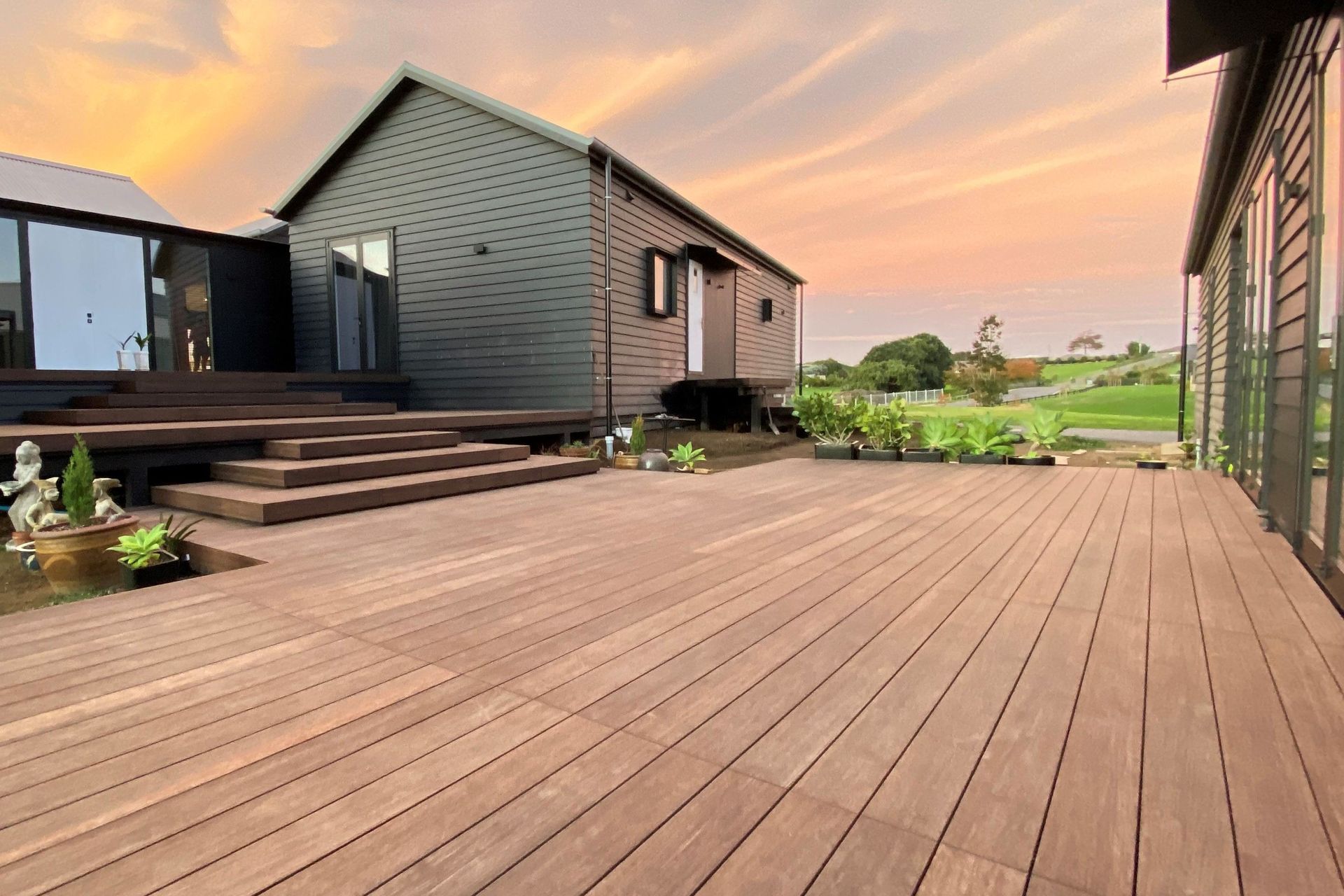
13. Ironbark
Ironbark is a premium hardwood decking choice renowned for its exceptional durability and natural beauty. It is known as one of the hardest timbers in the world, boasting outstanding resistance to rot, decay, and infestation.
Its tight, interlocking grain pattern and rich colour variations, ranging from pale brown to dark chocolate to deep red hues, add a touch of elegance to any outdoor space. It's a prestigious choice that's been used in historic buildings that are still standing today, making it an excellent investment.

14. Iroko
Iroko, a versatile and durable hardwood sourced from responsibly managed West African forests, is a popular choice for both interior and exterior applications in New Zealand. Its rich, golden-brown colour deepens over time, offering an evolution in look one can enjoy.
This relatively light to mid-weight timber has been trusted for over 35 years in the marine and joinery trades. Its natural resistance to rot and insect attack, combined with its medium to coarse texture and interlocked grain, make it suitable for a wide range of uses, including weatherboards, flooring, interior panelling, pergola beams and, of course, decking.

15. Composite decking
Last but not least, composite decking makes the list as a very popular choice seen in many homes across the country. While not strictly timber in the purest form, it is made from a mixture of usually recycled materials that includes wood fibres and plastic. Its look also very closely resembles the look of timber, in some cases, quite indistinguishable from the real thing.
Composite decking is almost a maintenance-free option with little other than regular cleaning required. It is resistant to moisture and pests and is also slip-resistant making it safe for children and the elderly. Composite decking has an extremely long lifespan with many suppliers offering long warranties to back it up. A reliable, hard-wearing choice that delivers on multiple levels.
Related article: Timber vs. composite decking — A comprehensive guide for New Zealand homes
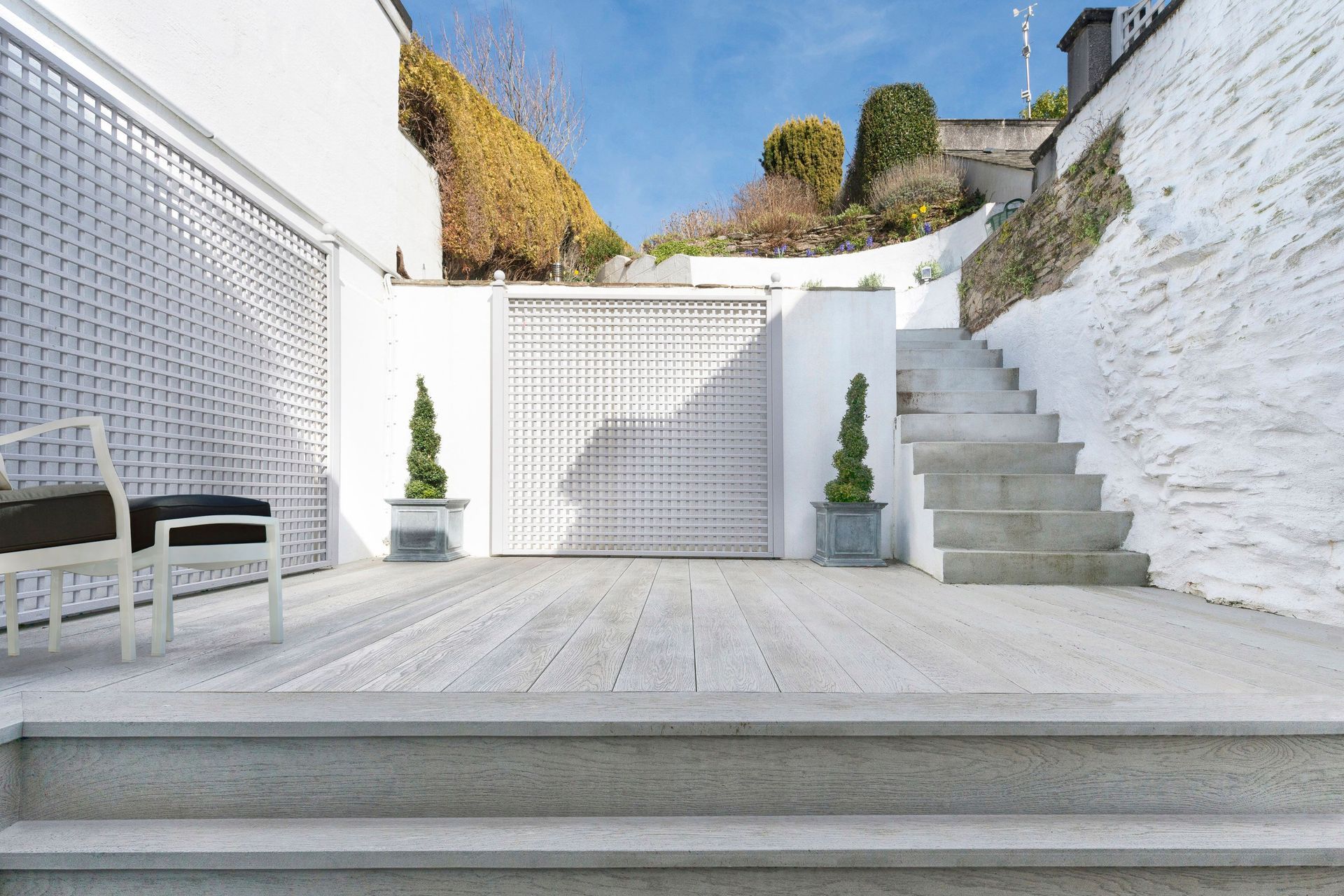
Discovering the best timber decking options for your home
As you can see, there are some great options available, each of which offers its own traits and benefits. Your local climate conditions will likely influence a lot of your decision-making making but don't overlook your own personal preferences for styling either. The best choices will provide the best of both worlds and the perfect pick is out there just waiting to be found.
(This article was updated on the 21st November 2024)
Browse an extensive range of high-quality decking timbers on ArchiPro